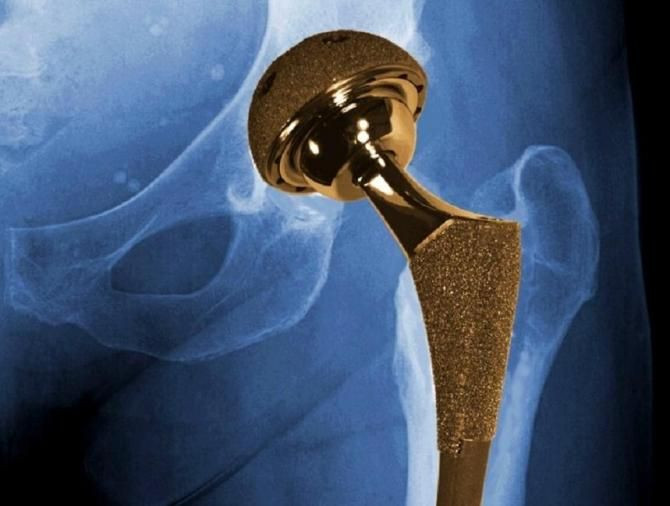Ask If Your New Hip Joint Has a Good Track Record Before Surgery

Themistocles Gluck, the man credited with inventing an implantable hip replacement in 1891 likely never dreamed of how successful his surgery would be. For sure, the surgery has been refined over the past 129 years, becoming mainstream surgery in the 1960s. And now, more than 450,000 total hip replacements are done every year in the United States. The surgery also has a high success rate, up to 95% of patients saying they no longer had pain. However, some hip implants do fail early on and must be revised, which means another surgery and rehabilitation period. New research out of the United Kingdom suggests that the type of implant surgeons use may be a better indication of how successful the surgery will be rather than the surgeon’s skill or the hospital where the surgery is performed.
The researchers studied the outcomes of over 650,000 hip replacements. They found that one hospital in particular had better survival rates than others and that this facility used only one type of artificial joint, the Exeter V40 femoral stem. So, the researchers looked at other hospitals and their outcomes, and the types of hip joint the surgeons used. They found continued positive results among patients who received the Exeter V40 femoral stem as well, regardless of who did the surgery or where.
This study wasn’t meant to support the use of any particular implant. The authors wrote, “Although this study has focused on 1 single femoral stem (the Exeter V40 femoral stem), we believe that the observed high survival would be reproducible with other well performing implants.” So the message they wanted to get across to surgeons, hospital administrators and patients was that, while it may seem obvious, it is important to choose implants that had a good track record. “The survival results may be replicated by adopting key treatment decisions, such as implant selection. These decisions are easier to replicate than technical skills or system factors,” they concluded.
Published by Medicaldaily.com



























